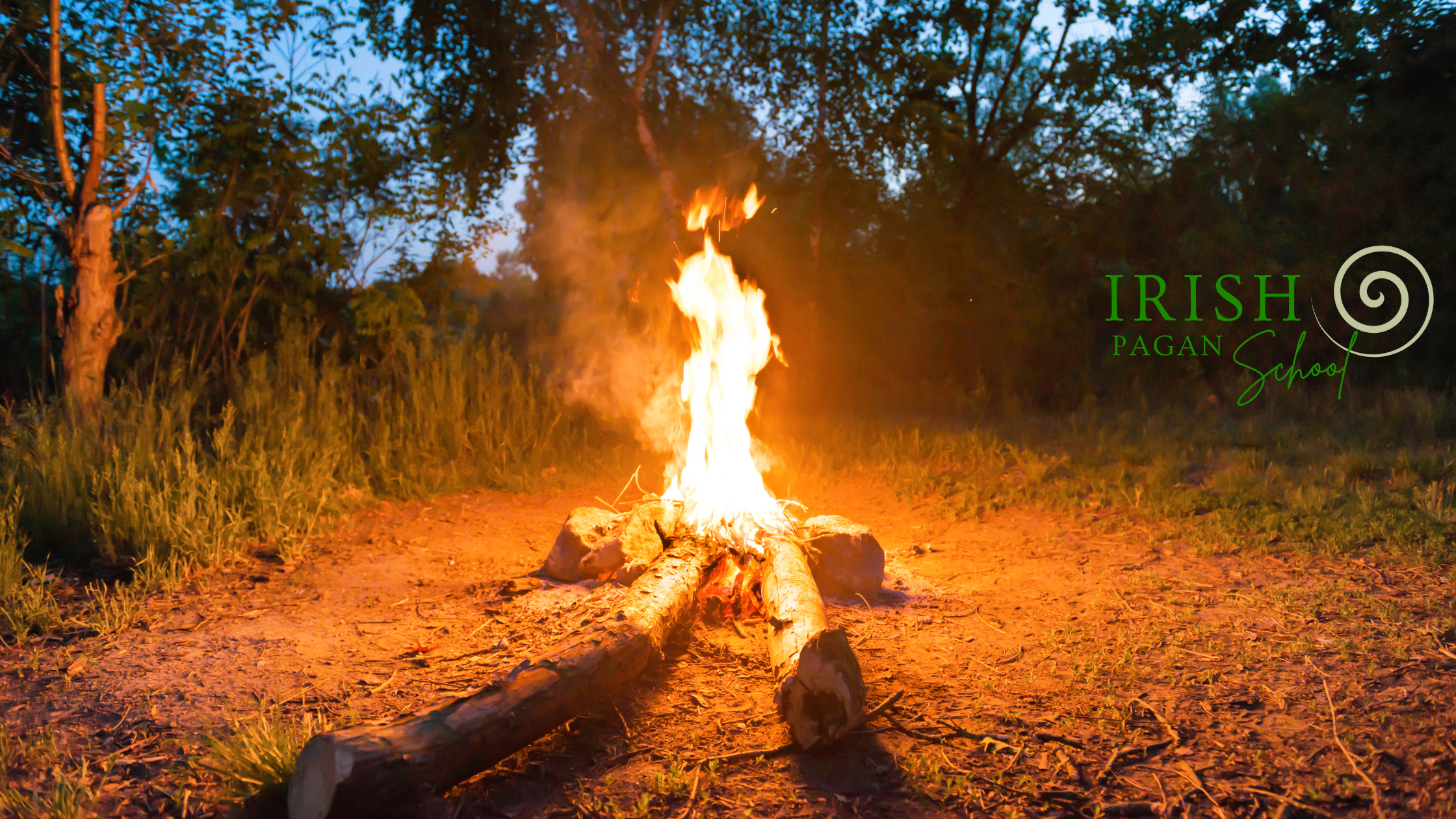Here we look at the Irish Summer Solstice traditions with Lora O’Brien. The Summer Solstice, the longest day of the year, has important spiritual and cultural meanings in Irish history.
From ancient monuments aligned with the solstices to customs like lighting bonfires and offering blessings, these traditions show the strong bond between the Irish people and nature.
When celebrating or aligning with this festival, it is important to note that the solstices don’t land on the same calendar day every year, because the astronomical year is 365.25 days long. So, the Summer Solstice for the Northern Hemisphere (where Ireland is) – also known as Midsummer or the June Solstice – currently shifts between the 20th, 21st and 22nd of June each year.
Watch the video below to learn more about these practices and read on for a simple guide to celebrating the solstice yourself.
Mid Summer, the Longest Day
The Summer Solstice in Irish is Grianstad an tSamhraidh. Irish Language Resource – https://www.teanglann.ie/en/fgb/Samhradh
Here’s a Synopsis of the Following Video…
- Introduction
- Welcome by Lora O’Brien, co-founder of the Irish Pagan School.
- Discusses the complexity of the Irish Midsummer Festival coinciding with the Summer Solstice.
- Historical and Spiritual Significance
- Importance of solstices and equinoxes in ancient Irish monuments (e.g., Newgrange).
- Spiritual significance of the longest day of the year in a Pagan agricultural society.
- Alignment of ancient monuments with solstices to mark significant times of the year.
- Folklore Sources
- Use of Dúchas, the main folklore collection, to explore traditions.
- Limited transcriptions available specifically for the Summer Solstice.
- More references found for Midsummer and St. John’s Eve (June 23rd).
- St. John’s Eve Traditions
- Lighting bonfires in villages and at crossroads.
- Children gather materials, and communities tell stories around the fire.
- Rituals include throwing bones into the fire and scattering ashes in fields for crop blessing.
- Regional Variations
- Detailed accounts from various counties like Mayo, Donegal, Dublin, and Waterford.
- Customs involve purification by fire and smoke, scattering burnt cinders in fields, and communal celebrations.
- Emphasis on the continuity of ancient practices despite their adaptation into Christian festivals.
- Pagan vs. Christian Traditions
- St. John’s Eve (June 23rd) has overshadowed the original Pagan Summer Solstice traditions.
- However, customs still include elements of sympathetic magic and ritual practices.
- Modern understanding of these customs often overlooks their Pagan origins.
- Call to Action
- Encourages viewers to engage with and understand modern Irish culture.
- Highlights the importance of cultural appreciation over appropriation.
- Suggests practical ways to engage, such as reading Irish historians and participating in community traditions.
If you want to incorporate some of these Irish traditional elements into your own Summer Solstice celebrations, the following is a suggested plan for you to adapt.
If you’re doing a group or community celebration based off any of our work, please make sure you always mention and credit your native sources!
Don’t be THAT coloniser. 😣
Step-by-Step Plan for Celebrating Grianstad an tSamhraidh – the Summer Solstice in Irish Tradition
- Preparation
- Gather materials for a bonfire, including old sticks, branches, and any symbolic items like bones.
- If possible, choose a location at a crossroads or a significant communal space.
- In a search engine, type in ‘Summer Solstice [YEAR] in [LOCATION]’ to get the exact point of the Solstice. Time your ceremony or celebration (ideally) to coincide with the sunset closest to this.
- Community Involvement
- Involve friends, family, or community members in the preparation.
- Collect turf or wood from local households for the bonfire.
- Bonfire Lighting
- Light the bonfire at dusk.
- Encourage participants to bring offerings, such as bones or symbolic burnable items, to throw into the fire.
- Rituals and Blessings
- Gather around the fire and share stories, songs, and folklore.
- Perform rituals such as scattering ashes from the bonfire into fields to bless the crops.
- Walk around the fire with any livestock (if you have it!) or personal items to purify and protect them – anything representing your family, or career, would be suitable.
- Celebration and Community Building
- Enjoy communal activities like storytelling, singing, and games around the fire.
- Emphasize the themes of community, celebration, and the power of the sun.
- Cleansing and Purification
- Use the smoke and fire for symbolic cleansing of the participants and their belongings.
- Consider traditional practices like driving cattle near the fire, or jumping the fire (if safe to do so) for purification.
- Reflection and Connection
- Take time to reflect on the turning of the season and the lessening of the sun’s power.
- Connect with the natural cycles and express gratitude for the sun’s energy.
- Documentation and Sharing
- Document the celebration through photos, videos, or written accounts.
- Share the experience with others to keep the tradition alive and educate about its origins.
By following this plan, you can celebrate the Summer Solstice in a way that honours Irish traditions, engages the community, and connects deeply with the natural cycles.
If you’d like to adapt this for soitary working and celebration, there is a useful guide here!



[…] Midsummer (the Summer Solstice) up through the 20th century there were nighttime processions on or around the solstice in honour […]
[…] festivals, such as the solstices and equinoxes, mark the turning points of the […]